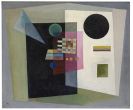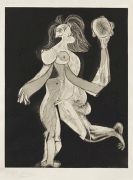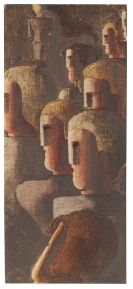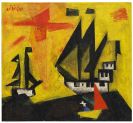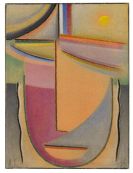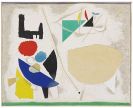
Egon Eiermann
Berlin
1904 -
Baden-Baden
1970
Egon Eiermann studied architecture under Hans Poelzig at the "Technische Hochschule" in Berlin-Charlottenburg between 1923 and 1927. In 1928-29 Egon Eiermann worked as an architect at the Karstadt AG building office in Hamburg and, a year later, at BEWAG (Berliner Elektrizitätswerke AG) in Berlin. From 1931 until 1945 Egon Eiermann worked as a self-employed architect in Berlin.
After the war Egon Eiermann moved his practice to Mosbach im Odenwald, had a joint practice with the architect Robert Hilgers from 1946 until 1965, and then moved the practice to Karlsruhe. In 1947 Egon Eiermann became a professor of architecture at the "Technische Hochschule" in Karlsruhe. He held the chair until his death in 1970.
In 1951 Egon Eiermann was a founding member of the Council for Design. Along with Paul Baumgarten and Sep Ruf Egon Eiermann was a member of the planning commission for the Parliament and Bundesrat Building in Berlin in 1962.
Egon Eiermann's most important buildings include the Ciba AG factory in Wehr/Baden (1958), the new "Gedächtnis-Kirche" in Berlin (1957-63), and the highrise for members of the German Parliament in Bonn (1965-69). Between 1962 and 1964 the German Embassy in Washington was built after plans by Egon Eiermann.
Jointly with Sep Ruf, Egon Eiermann designed the German contribution to the 1958 Brussels Exposition: eight steel and glass pavilions. The IBM headquarters in Stuttgart and the German Olivetti administrative building in Frankfurt am Main (both 1972) were completed after Eiermann's death.
Egon Eiermann also designed furniture and interiors for some of his buildings. Egon Eiermann's most successful furniture design was the "E 10" basket chair (1954), whose prototype was designed back in 1948 for "Wie wohnen", an exhibition in Karlsruhe. Equally popular was the "SE 18" folding chair Egon Eiermann designed for Wilde & Spieth in Esslingen.
Would you like to sell a work by Egon Eiermann?
Infos for seller
